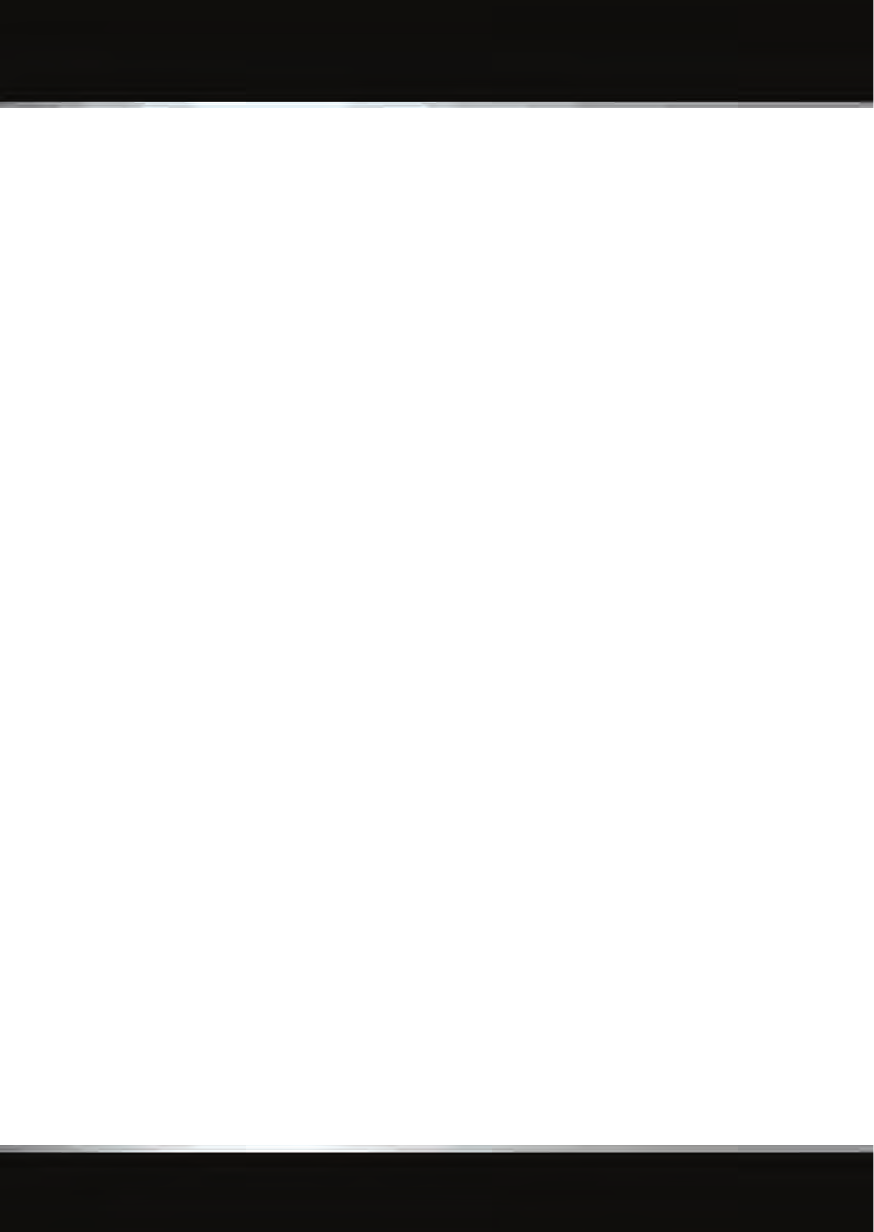
L
(FM8) SEMCON JLR OWNER GUIDE VER 1.00 NAS
LANGUAGE: english-NAS-en; MARQUE: jaguar; MODEL: XJ
Telephone
136
DECLARATION OF CONFORMITY
Export controls
This product contains commodities,
technology or software exported from the
United States in accordance with the Export
Administration regulations. Diversion contrary
to U.S. or Canadian law is prohibited.
United States of America
This device complies with part 15 of the FCC
Rules. Operation is subject to the following two
conditions:
(1) this device may not cause harmful
interference, and
(2) this device must accept any interference
received, including interference that may cause
undesired operation.
Canada
IC-RSS-210: Operation is subject to the
following two conditions:
(1) this device may not cause interference, and
(2) this device must accept any interference,
including interference that may cause
undesired operation of the device.
This equipment complies with FCC/IC radiation
exposure limits set forth for uncontrolled
equipment and meets the FCC radio frequency
(RF) Exposure Guidelines in Supplement C to
OET65 and RSS-102 of the IC radio frequency
(RF) Exposure rules. This equipment has very
low levels of RF energy that is deemed to
comply without maximum permissive
exposure evaluation (MPE).
But it is desirable that it should be installed and
operated with at least 20cm (8 inches) and
more between the radiator and person’s body
(excluding extremities: hands, wrists, feet and
ankles).
USA FCC ID: A269ZUA130
Canada IC: 700BIAM2101
Changes or modifications not expressly
approved by the party responsible for
compliance could void the user’s authority to
operate the equipment.
Note: This equipment has been tested and
found to comply with the limits for a Class B
digital device, pursuant to Part 15 of the FCC
Rules. These limits are designed to provide
reasonable protection against harmful
interference in a residential installation.
This equipment generates, uses and can
radiate radio frequency energy and, if not
installed and used in accordance with the
instructions, may cause harmful interference to
radio communications. However, there is no
guarantee that interference will not occur in a
particular installation.
If this equipment does cause harmful
interference to radio or television reception,
which can be determined by turning the
equipment off and on, the user is encouraged
to try to correct the interference by one or more
of the following measures:
* Reorient or relocate the receiving antenna.
* Increase the separation between the
equipment and the receiver.
* Connect the equipment into an outlet on a
circuit different from that to which the receiver
is connected.
* Consult a Dealer/Authorized Repairer or an
experienced radio/TV technician for help.


















